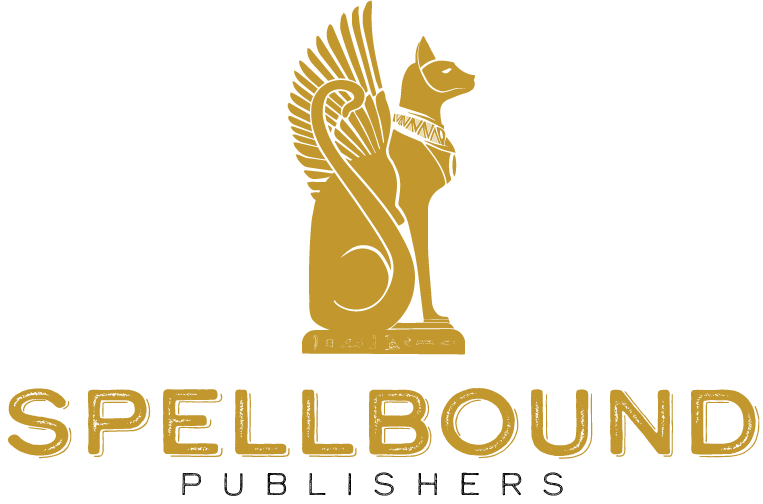What is a trim size?
Trim size refers to the size of your book. Whether you are creating a paperback or hardback book, your book team will need to know what size cover files and interior files to produce. It’s important to establish your trim size early on, so everyone working on your project stays within the same guidelines.
At Spellbound, we offer three standard trim sizes: 5.5x8.5, 6x9, 8x8.
Avoid this mistake.
When I printed my first book, I chose a non-traditional size because I thought it was cute. When the book sold well (over 5k copies) and I wanted to move it from self-publishing to traditional publishing, we had to resize all of the files to fit what would work with my publisher’s printer. The lesson here is that if you want to leave the doors of opportunity open for your book to potentially move to a traditional publisher or print a large scale print run, you can pave the way for success by opting for a traditional trim size.
Book Pricing, Page Count, and Trim.
You’ll want to keep the price of your book in mind at this stage. The price of your book depends on how much it costs to print the book, which is determined on page count and color. I have found it worthwhile to aim at less than 200 pages for color books to make the most profit, and less than 300 pages for black and white novels to make the most profit. You may want to increase your trim size to accommodate more words without going over 200 (or 300) pages. Similarly, you may want to decrease the trim size if you want to make your book a little fatter. Designers will use other tricks such as font size and spacing to help maximize your trim size which I will go over in the lesson on interior. Once your manuscript is complete, a book production manager or coach like myself can help you determine your trim based on the page count of your word document.
Industry-standard sizing.
I recommend sticking with traditional sizing for fiction and non-fiction books of either 5.5 x 8.5, or 6 x 9. I recommend 8 x 8 for photography books or children’s books. I do not recommend doing a landscape sized book, nor a board book, but it is not impossible. Most traditional publishers will produce books in standard trade size. If you’re working with a traditional publisher, you may not have much input here. But you have some wiggle room if you are working with an independent publisher.
When considering trim specs, determine what your printer has available for paperback, hardback, premium color, and standard color options. Consider also whether they are capable of making a landscape versus portrait-style book. You do not want to design a book in landscape sizing only to find out your printer does not offer landscape printing options. Consider what size of racks, shelves, or point of purchase space you have to work with.
How to select your trim.
Go to the bookstore and pick through a bunch of different books. This allows you to put a variety of sizes and shapes of books in your hand. Consider page count, trim size, hardback versus paperback, and the general weight of the books you see. Having a clear vision of the type of book you want to produce will help set your book team up for being able to deliver a product you will love.
Keep a flexible mindset. If you’re self-publishing you may not have all of the printing options available to you as someone using a traditional publisher. This is simply because the types of printers used for print on demand books, and smaller print runs don’t have the same options as printers that are capable of doing massive print runs of 500+. For example, if you’re doing a smaller print run, you will not be able to select glossy pages. I go over this in further detail in the lesson on book interiors.
Action You Can Take:
Go to the bookstore with your measuring tape. Get in the mindset of one of your potential readers by finding the section where your genre is held. Which books stand out to you and why? Study the first book you pick up.
Do Market Research at the bookstore:
What do you like about the first book you picked up?
What trim size is it?
How many pages is it?
Where is it on the shelf?
How is it marketed in the store?
What colors are on the cover?
What do you like about the way the interior flows?
What are the bestselling books in your genre?
What are some comparative titles and how is yours different?
What does the demographic of the shoppers look like in your genre’s section?
Discuss your preferences with your publisher, and aim for a standard trim size such as 5.5 x 8.5, 6 x 9, or 8 x 8
Before you go to the store:
Follow the store and engage with all of their social media accounts.
Sign up for their newsletter.
Be in the know about what events they have been hosting.
While you’re at the store doing some market research:
Introduce yourself to the store manager and get their buyer’s business card.
Leave one of your business cards for their buyer and/or event coordinator.
Let them know you are a local author and would like to be in touch when your book is released.

